Actual Comments on Why Employees Leave:
“The workload was average to high capacity. The load gradually got larger and larger, not necessarily doing the same thing either. I believe that new techniques brought into the department should make things easier and clearer; not more difficult.”
The Solution
This ExitRight®, exit interview comment covers workload and introducing new techniques into the workgroup. It is the perception of this former employee that the new techniques made work more difficult rather than easier and clearer.
Work redesign is a workplace flexibility initiative that can help reduce employee turnover. It is a process whereby an assessment is made regarding how work is designed and structured. The intent is to determine required tasks, develop an efficient process flow, and eliminate any tasks and/or inefficiencies that exist in the current process. The need for work redesign begins with the identification of an inefficient process that is causing unnecessary work or wasted time.
Generally speaking, the process requires a partnering of those areas being affected and with an Organization Development consultant.
Following are a few very high-level steps that take place during the work redesign process:
• Review the current workflow and identify the current state.
• Introduce the work redesign strategies that will be taking place to the employees that will be involved with the program. Discussing the end goal of the work redesign program will help employees feel involved and work toward the end goal of the program, which is to increase employee satisfaction and increase overall productivity.
• Conduct employee interviews to identify major priorities, evaluate how long tasks/projects take, determine barriers to efficiency, and to discuss what doesn’t get done as timely as they would like.
• Discuss the current state of operations with internal customers to collect additional information.
• Create the desired workflow, identifying all tasks within the new workflow. Review the new workflow to ensure that methods and procedures are carefully defined. Determine measures of success or desirable outcomes.
• Determine the required qualifications, experience, skills, and competencies for individual positions.
• Complete an assessment of the current talent pool based upon levels of role complexity, skills, and knowledge within the organization, along with an impact analysis related to diversity. Determine whether an internal skills gap exists and brainstorm training to help close the gap. Be aware there is always a possibility of an internal skills gap. Part of the work redesign program may require the need to hire externally in order to improve performance.
• Redefine performance metrics. Develop reward and recognition programs to sustain and encourage change.
• Implement the new workflow. Continually communicate with those impacted by the change in workflow. Provide the opportunity for ongoing feedback from employees and internal customers. Provide support for employees and managers.
• Monitor progress of the work redesign strategies at defined intervals and modify the workflow as necessary.
• Review and evaluate performance metrics frequently throughout the first year of the change.
There are many advantages of work redesign. Below are just a few:
• Increase an organization’s and employees’ productivity. A more efficient workflow adds to employees’ satisfaction. Clearly-defined tasks motivate employees to work harder and give their best output.
• Enhancements to quality of employee work-life, which encourages better performance.
• Worklife is an effective strategy to retain talent in the organization by allowing them to do what they are good at. Employees have a greater sense of belonging towards the organization.
(This blog post is brought to you by HSD Metrics, an exit interview company that helps companies reduce employee turnover by providing automated reference checking, exit interviews, and by measuring employee retention. The comments from exiting employees that are featured in this blog are collected from actual exit interviews conducted using ExitRight®, HSD Metrics’ exit interviewing service. If you are interested in learning more, contact us today. Because we place the privacy of our clients at the top of our priority list; the names of all involved parties are kept completely confidential.)





